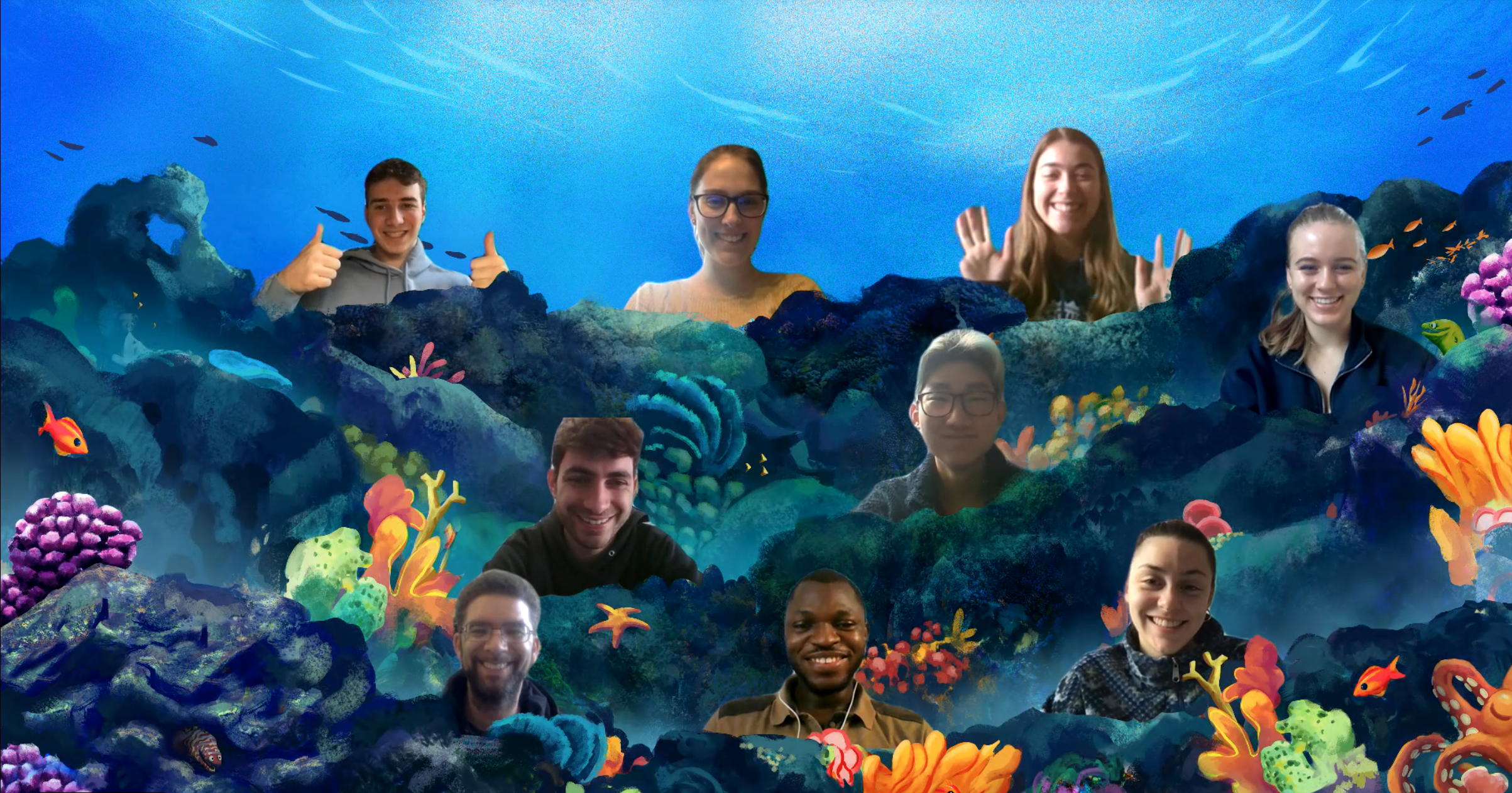
About the Biosignal Lab
My name is Tim Bardouille. I’m an Associate Professor at Dalhousie University, and head of the Biosignal Lab. I’ve been non-invasively imaging the human brain since Y2K. I’m affiliated with the Physics & Atmospheric Science, , Medical Physics, Biomedical Engineering, , and Psychology and Neuroscience departments at Dal .
The human brain is an amazingly complex system of roughly 100 billion neurons. This system is constantly developing new networks and remapping old ones as we grow and learn. When the brain is injured or develops improperly, these networks are disrupted. Amazingly, the human brain can adapt to this disruption, re-route communication, and find new ways to keep us thinking and moving. For example, this is how a person recovers mobility after a stroke.
Non-invasive imaging technologies are helping us learn more about the brain. The technologies use basic and advanced physics principles to measure signals that are generated by activity in the brain. This may be the magnetic fields and electric potentials generated by neurons firing, or changes in the amount of oxygen in neurons when they are working hard.

My team at the Biosignal Lab focuses on magnetoencephalography (MEG) and electroencepholography (EEG). We collect data locally and work with large open-access datasets available around the world. Our research focuses on developing software and hardware solutions that increase the data yield from neurophysiological recordings. This interdisciplinary research combines physics, mathematics, computer science, psychology, and neuroscience to look at how signalling in the brain can change with learning, development, ageing, brain injury or disease.
The lab is home to Canada’s first optically pumped magnetometer (OPM) system. This system includes 16 OPM sensors housed in a cylindrical shield. Although the channel count is low compared to most MEG studies, the OPM sensors and small footprint shield offer a unique imaging environment. Neuroimaging studies are ongoing with our collaborators, and there is still room for basic physics research in system optimization. We also have wireless EEG recording equipment that can be used for real-time applications, such as neurofeedback.

Finally, the lab’s analysis server provides access to large open-access datasets including the CamCAN and OMEGA MEG datasets, the Temple University EEG Corpus, and the UPENN-RAM intracranial EEG datasets. The analysis of these large datasets is a new focus in the lab, which provides opportunities for new algorithm development including machine learning. We’re also committed to sharing our data, code, and findings on open science platforms.
Contact me to get involved with the Biosignal Lab
Thank You for reading!
